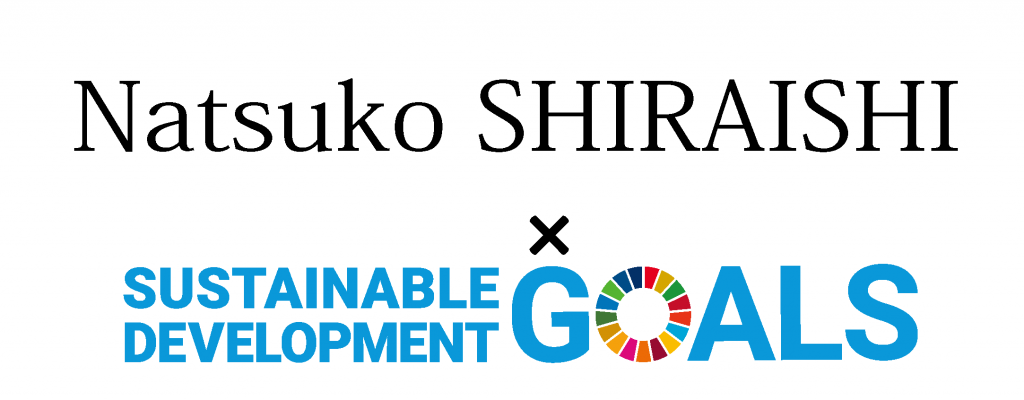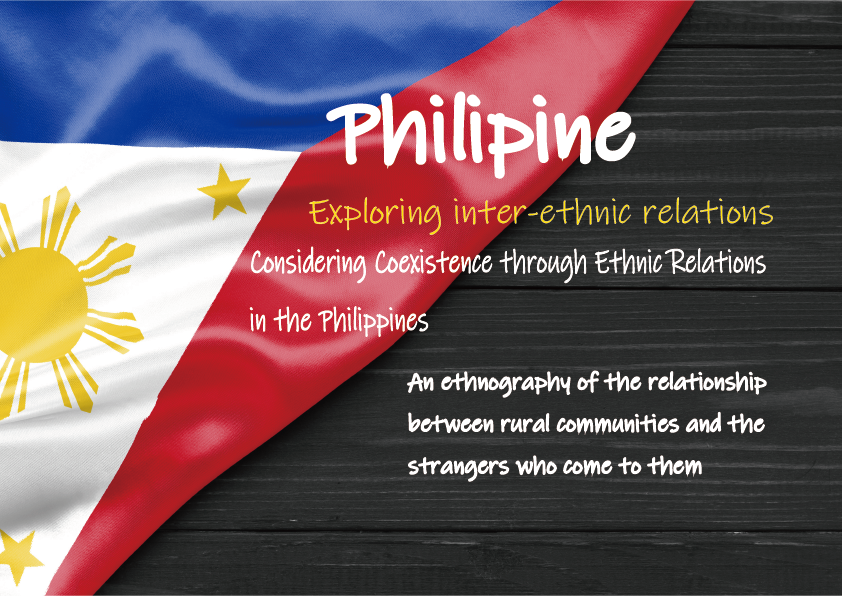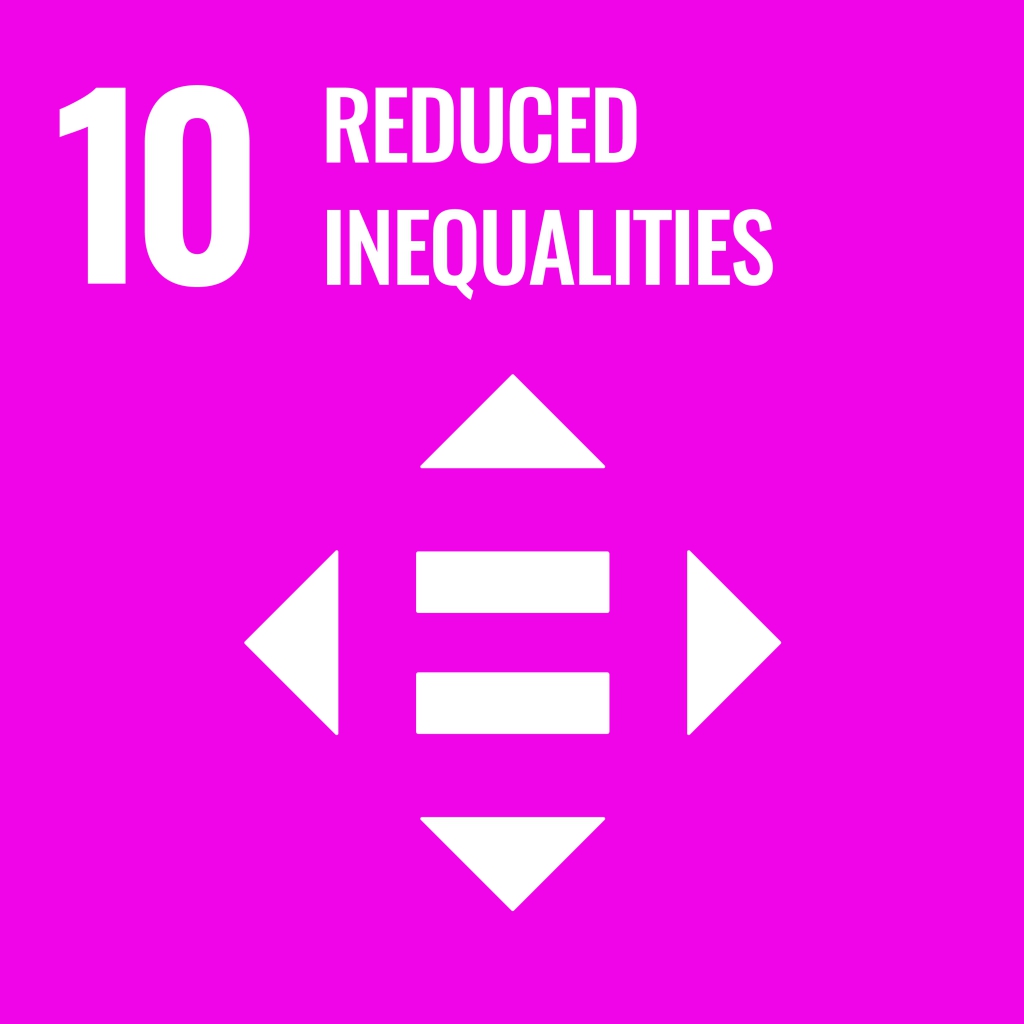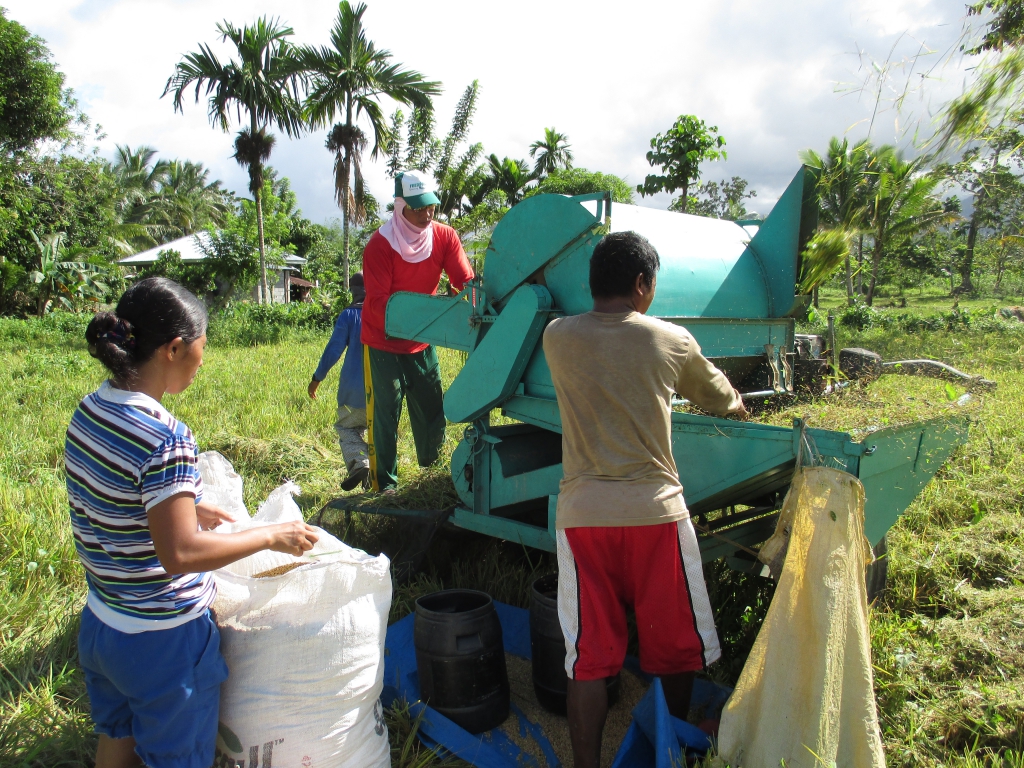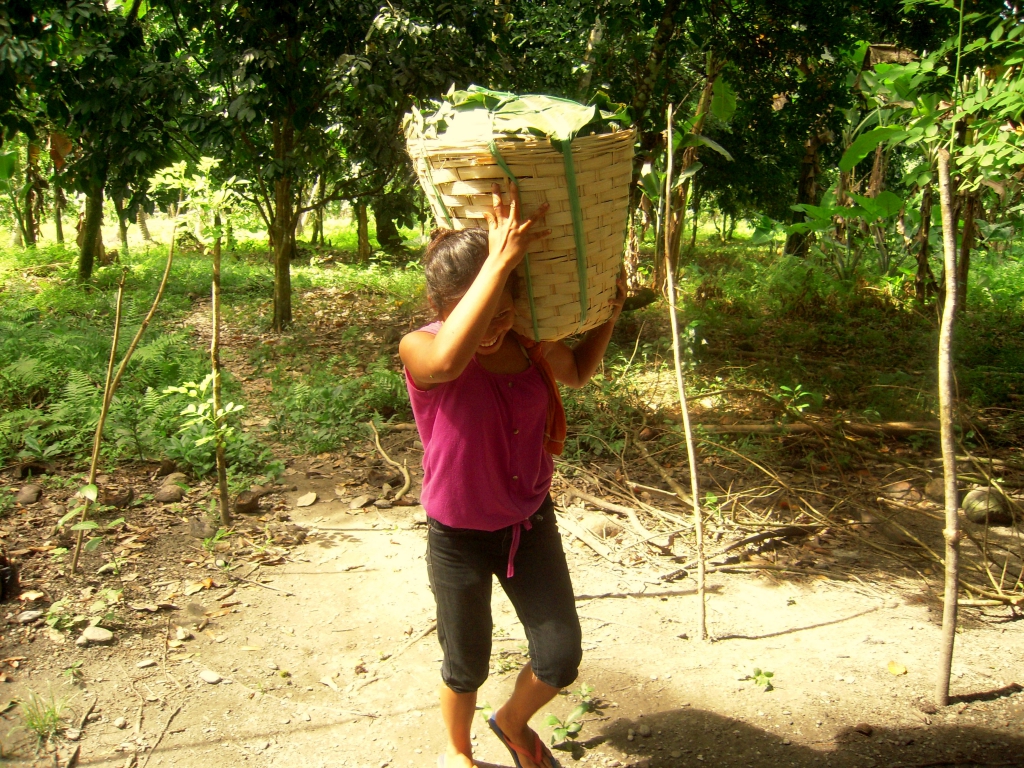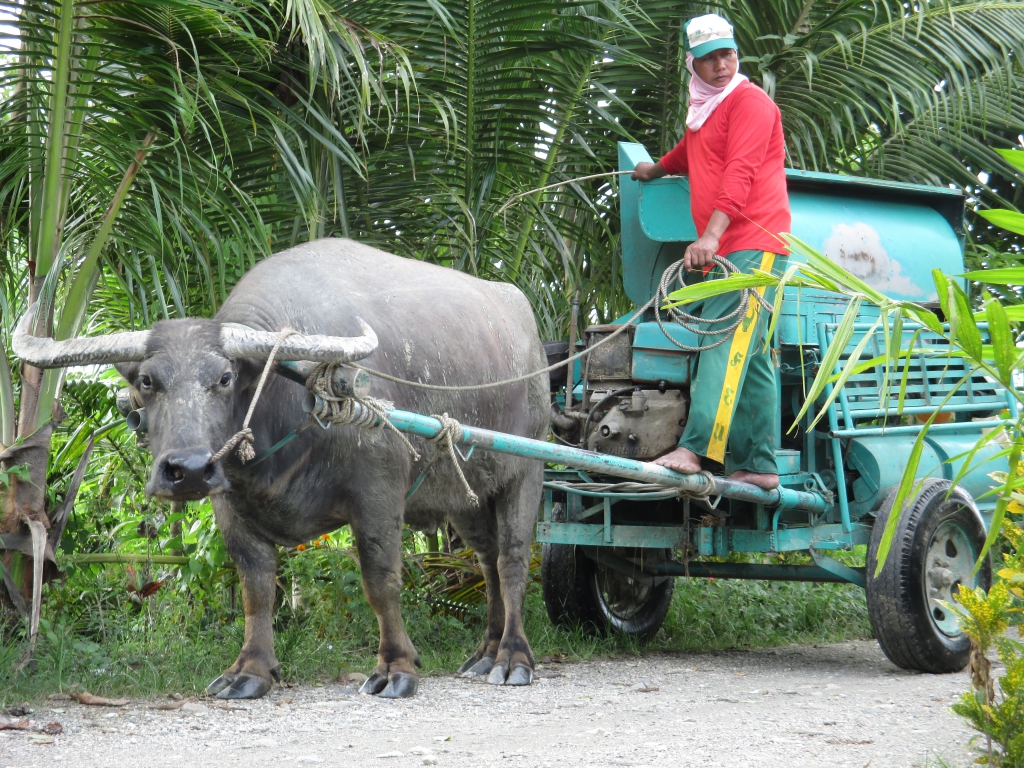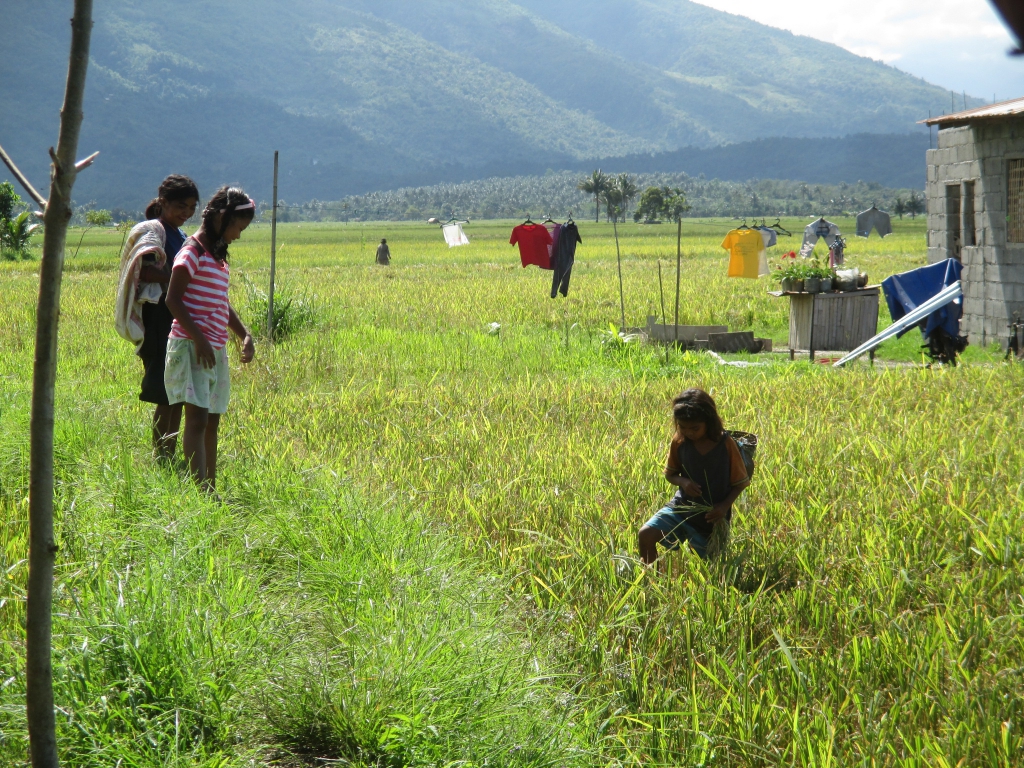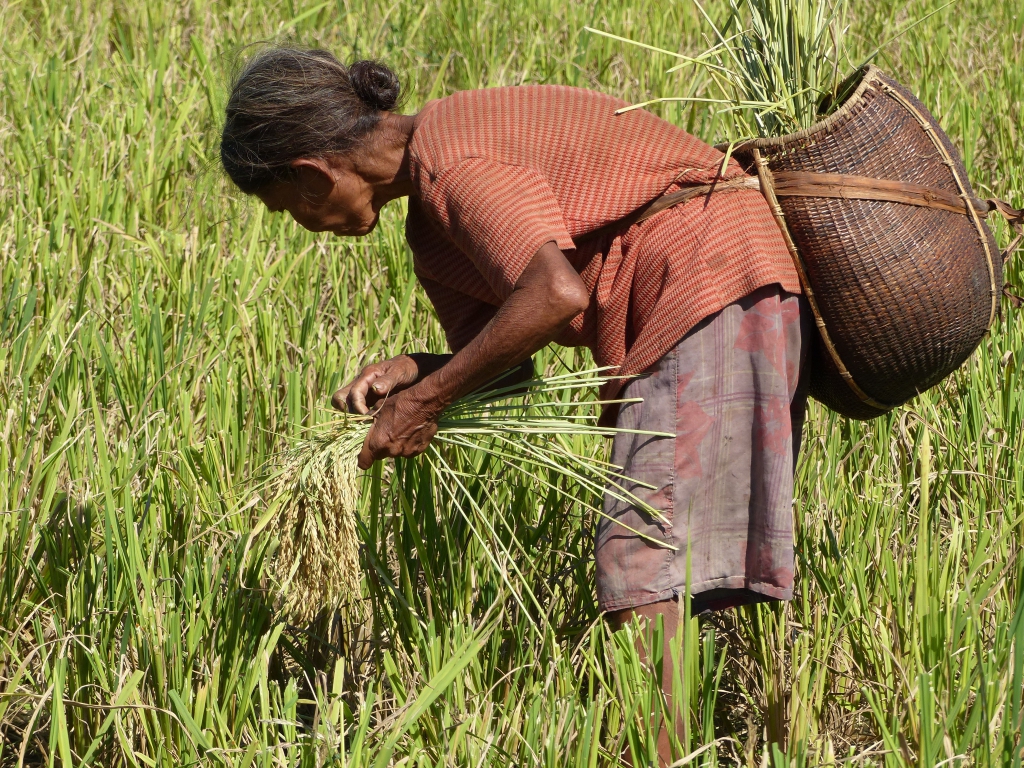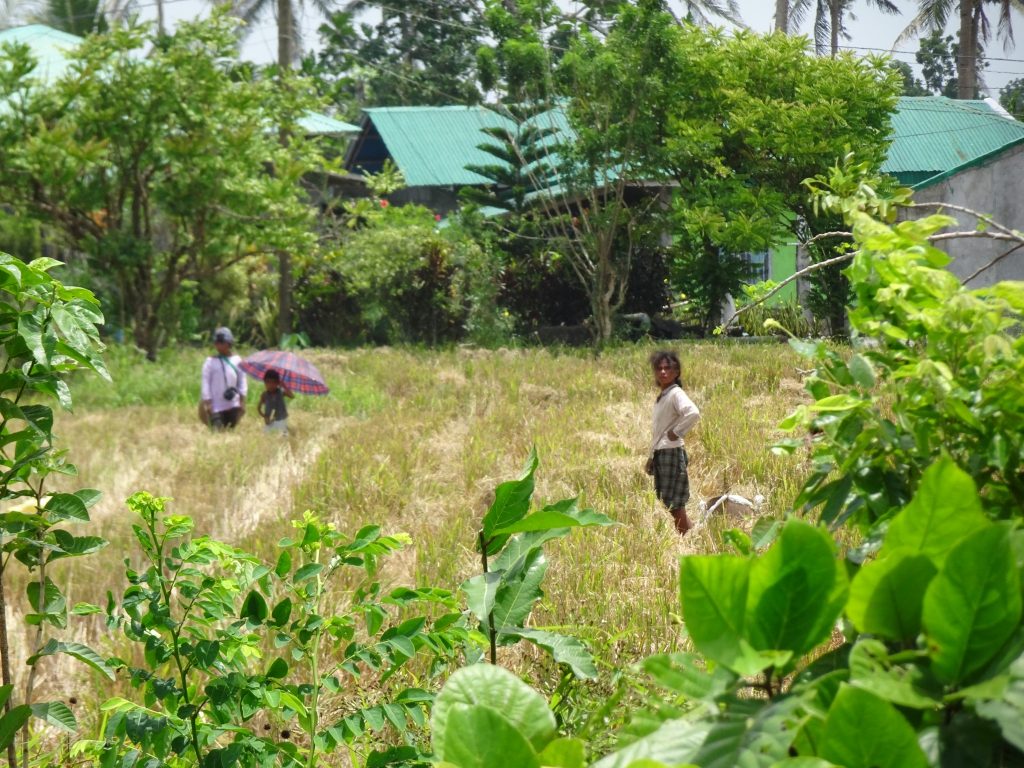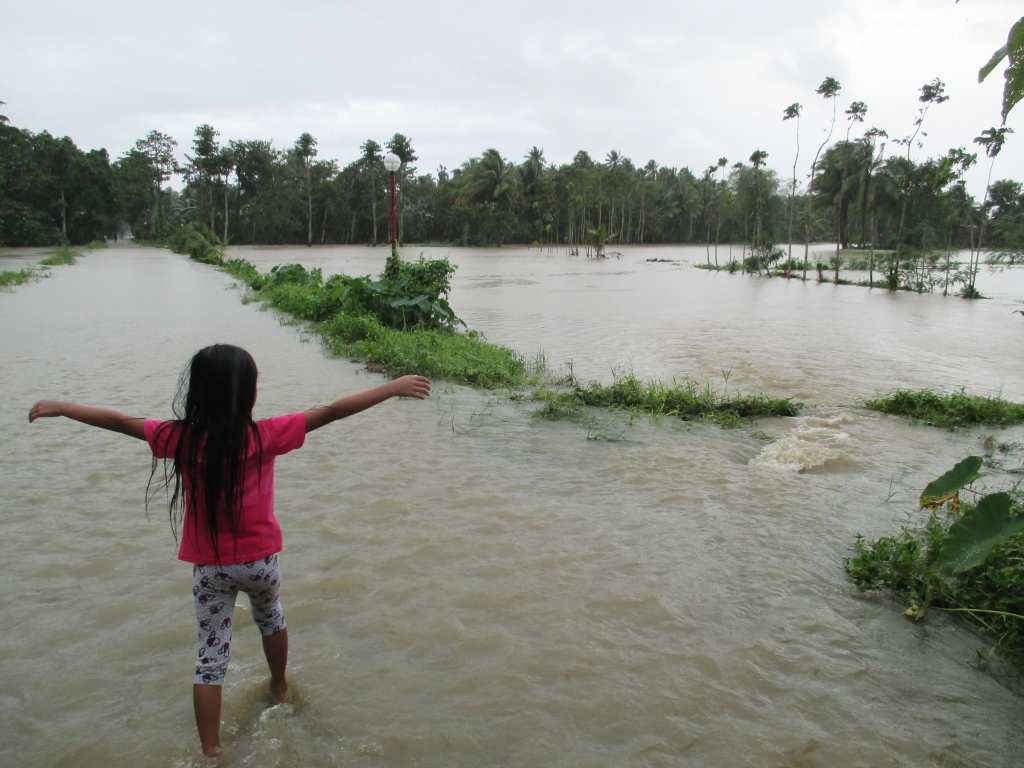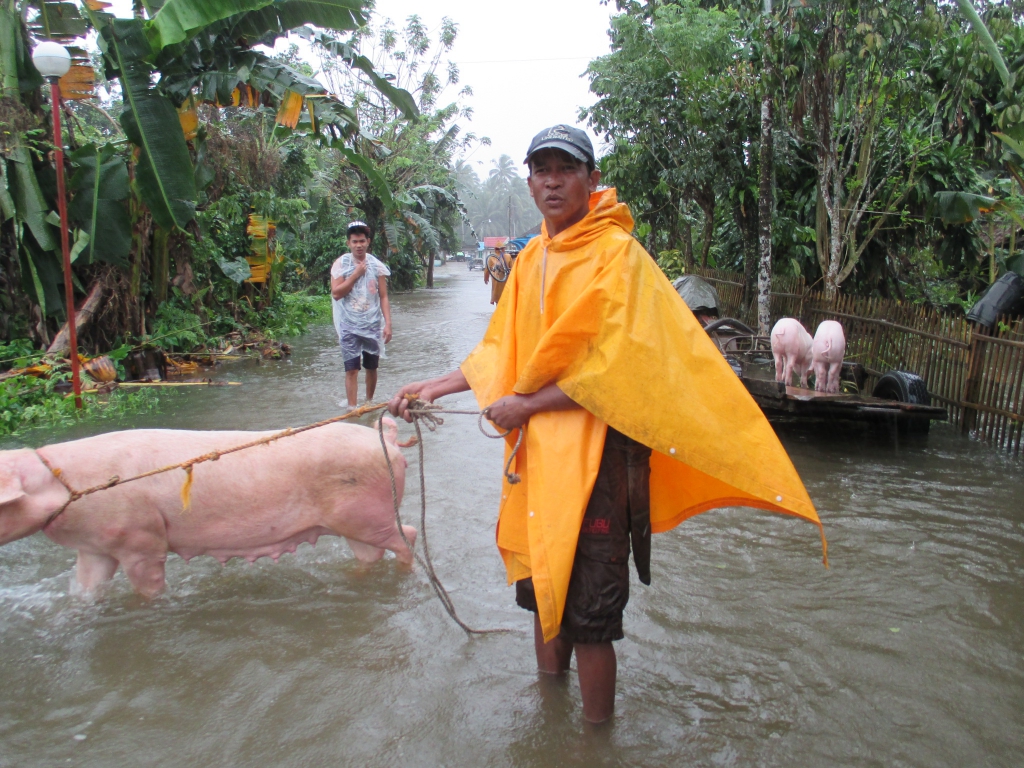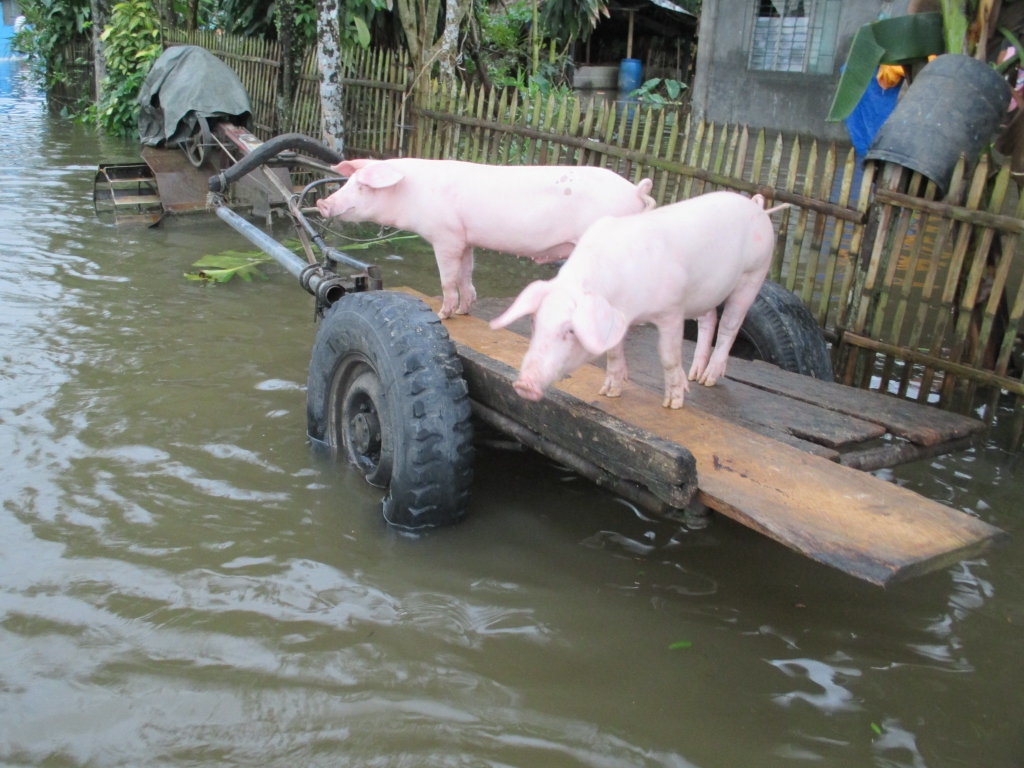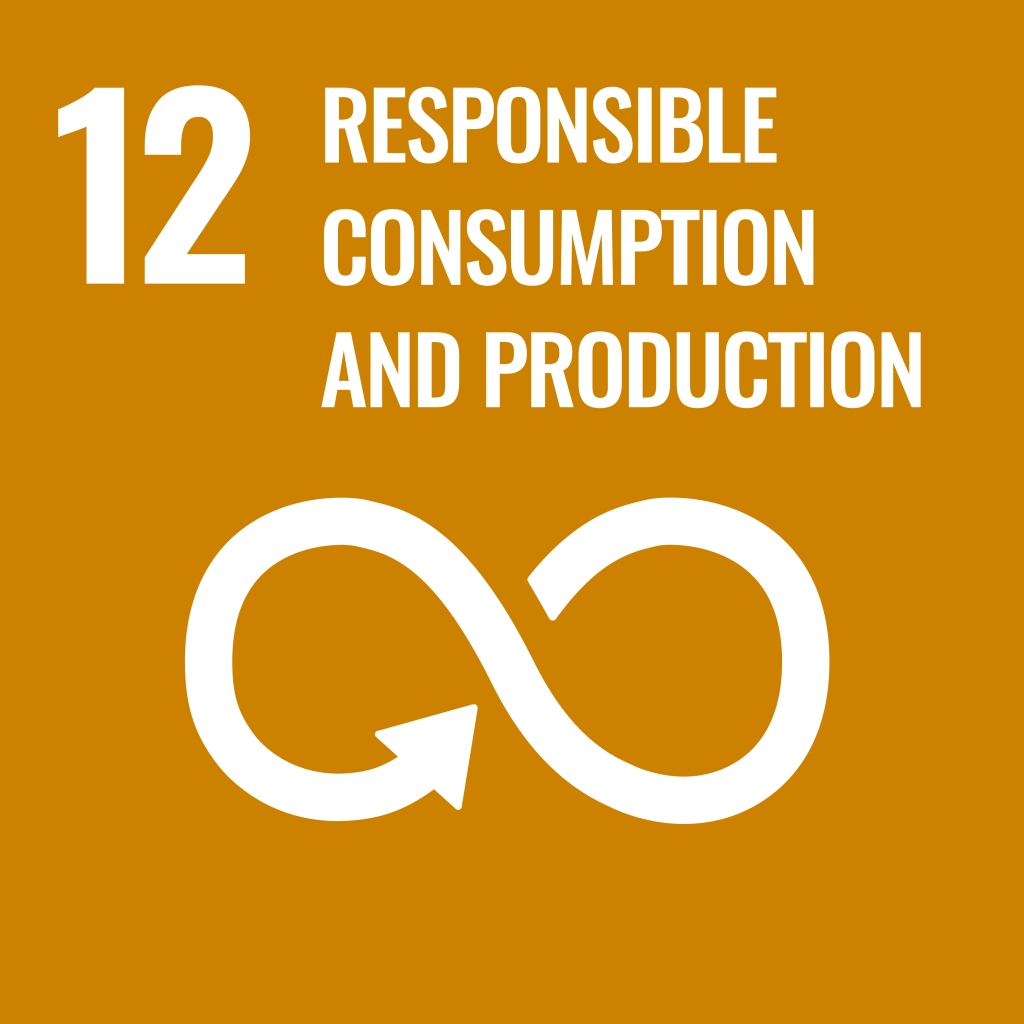- What is ethnography?
-
A method of experiential cultural survey research that aims to understand the nature of a cultural group from within the culture itself through long-term observation, rather than testing a specific hypothesis.
We will achieve the SDGs by examining the nature of coexistence through inter-ethnic relations in rural areas of the Philippines.
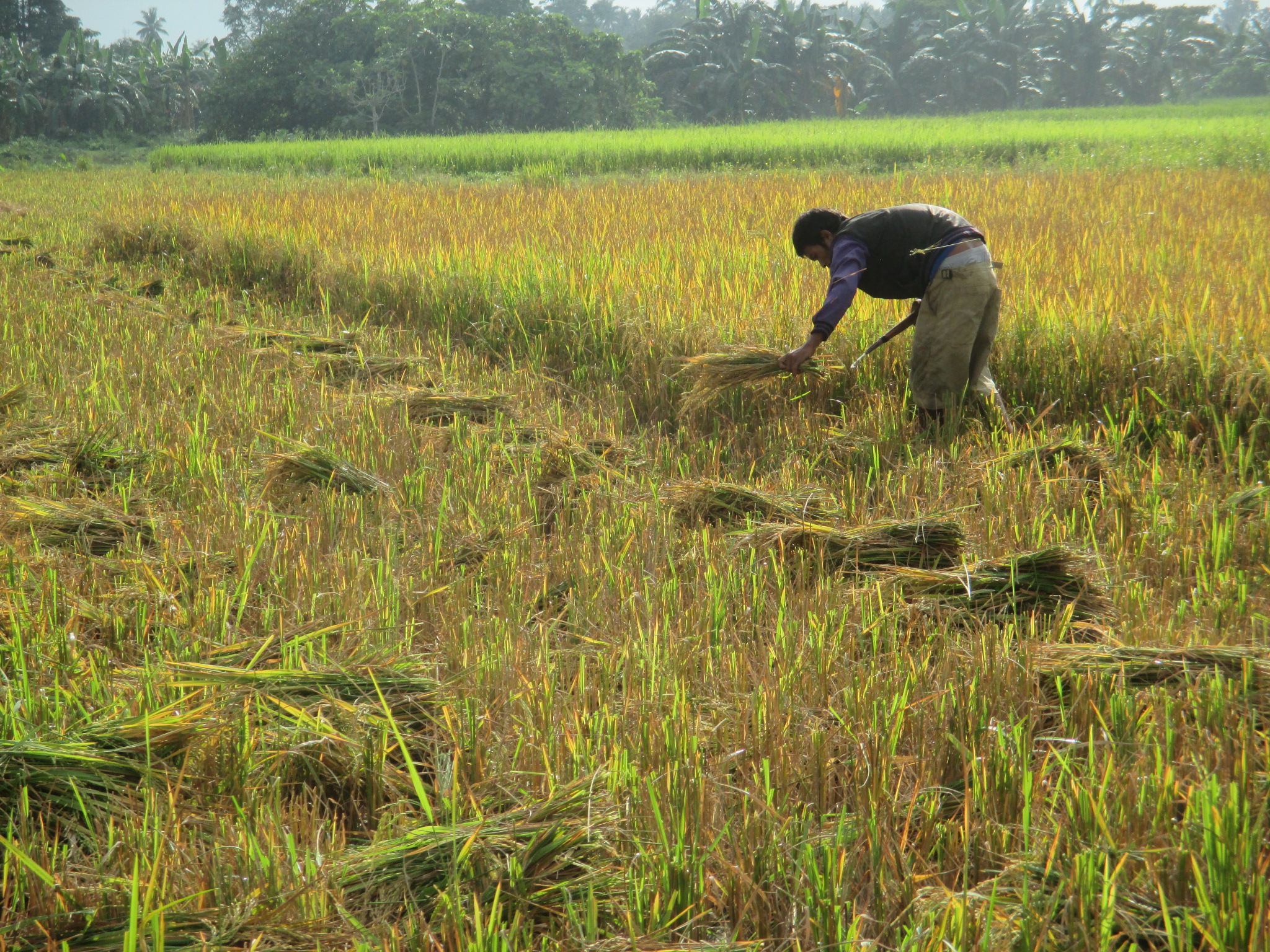
Searching for “symbiosis” in the relationship between the two peoples
Two ethnic groups, Tagalog and Mangyan, live in the villages of East Mindoro, my research field. While there are various perceptions of difference among the people, including ethnicity, there are complex relationships that cannot be understood only in terms of conflict and exclusion. This research will explore the possibility of diverse “symbiosis” through a detailed understanding of people’s local knowledge and practices.
- What is Philippine Rural Society?
-
The Philippines is a multi-ethnic country with more than 100 local languages and minority languages. Even in the small space of a single “local village,” it is commonplace to find people with different roots living together.
- What is Tagalog ?
-
A Tagalog-speaking people living in the southern part of Luzon Island in the Philippines, including the capital Manila. The so-called majority ethnic group.
- What is Mangyan ?
-
Indigenous people who live on Mindoro Island. Indigenous people are a so-called minority group. They live mainly in the mountainous areas of Mindoro Island, and there are eight groups with their own language and culture. Delayed development, poverty, and the non-discriminatory conditions suffered by the surrounding society have been pointed out as problems.

Capturing the impact of changes in ecological resource use on inter-ethnic relations
The Philippines is a disaster-prone country, experiencing major typhoons and floods every year. While water is a resource that brings blessings to agriculture, it can also be a disaster that shakes the foundations of production and forces changes in society.。
It has also been pointed out that the availability of ecological resources such as land and water sources is an important factor affecting intergroup conflict and stereotypes in interethnic relations. In this study, we will clarify the medium- and long-term changes in inter-ethnic relations brought about by changes in the production system as a response to the instability and risks of agricultural production.
- What is ensuring the availability of ecological resources?
-
This refers to a situation in which legal rights to use some ecological resource are in place, and at the same time, individuals and communities have the knowledge and skills to process and use the resource in a way that meets their own objectives. For example, even if legal rights are in place for a certain land or water source, if it has been destroyed due to a disaster, the availability is considered to be impaired.
Thinking about society by learning about problems in production sites
We aim to nurture ethical consumers in a broad sense through the presentation of multifaceted information about the various social conditions surrounding food production.
 Prof. SHIRAISHI
Prof. SHIRAISHIThe sense of division that sees someone as an “alien other” and at the same time the sense of warmth and connection that does not bring it into a definitive confrontation coexist without contradiction in the daily lives of people in the field. We will try to understand the reality of the field that maintains the balance between these two aspects of difference and connection, and propose techniques for people to live together.

